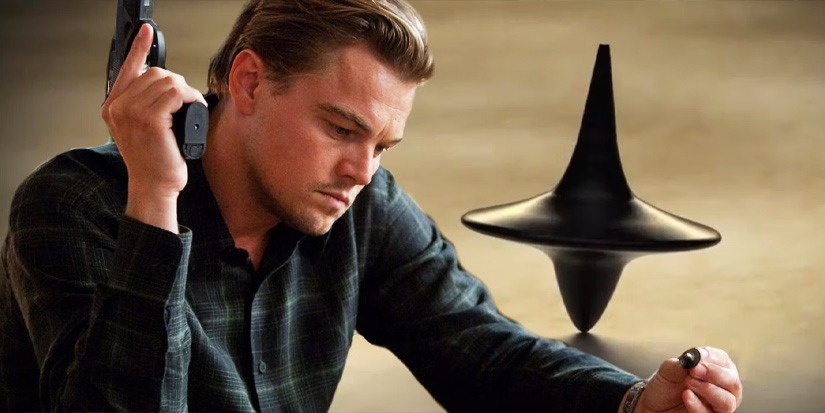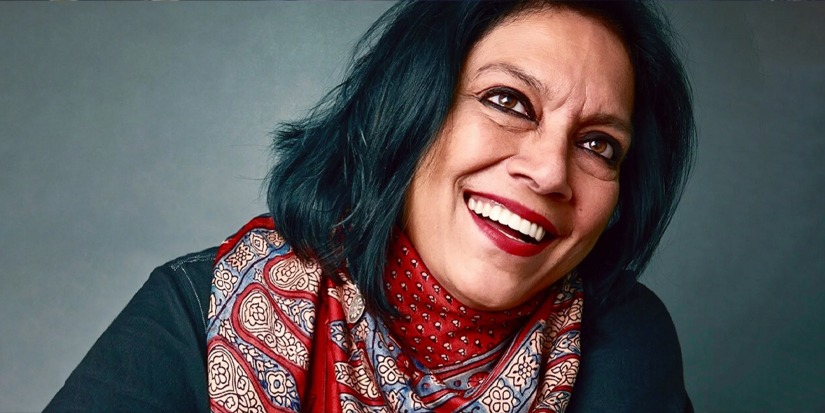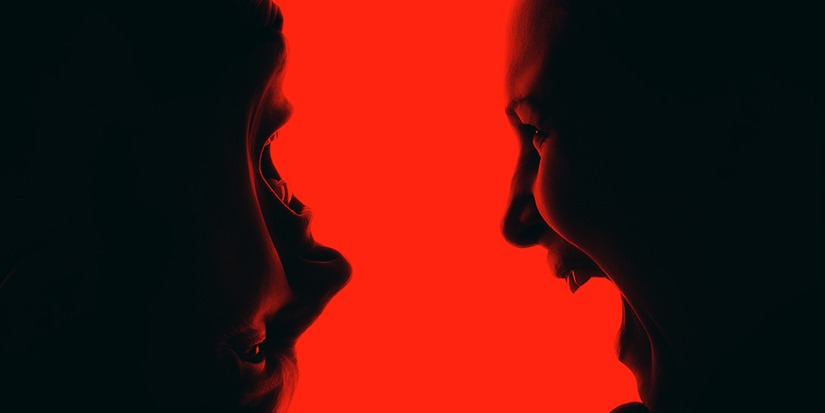Have you heard of Titanic’s frigid behind-the-scenes, Pixar’s dedication to Ratatouille’s authenticity or Cillian Murphy’s ‘an almond a day’ for Oppenheimer? Did you know that the Barbie movie caused a paint shortage, or that a whole new language was created for Avatar?
Join us as we lift the curtain on Hollywood movies, unveiling facts that defy expectations and question preconceptions on films we all love. These 10 interesting movie facts will bring you to the heart of Hollywood’s most treasured productions, revealing the secret threads that weave the tapestry of cinematic genius together.
1. Barbie

Barbie movie’s pink overload caused paint shortage
The much-anticipated Barbie (2023) movie, featuring Margot Robbie, embraced a plethora of pink in its sets, costumes, and props. Surprisingly, the extensive use of pink paint on the movie sets caused a worldwide scarcity of the colour, as revealed by Greta Gerwig, the film’s director.
During an interview with Architectural Digest titled ‘Inside the Barbie Dreamhouse, a Fuchsia Fantasy Inspired by Palm Springs,’ Greta shared her collaboration experience with production designer Sarah Greenwood and set decorator Katie Spencer in bringing the Barbie world to life. The incredible result was such an overwhelming consumption of pink paint that, in jest, Greta remarked, “The world ran out of pink.”
According to Lauren Proud, vice president of global marketing at Rosco, the company responsible for the paint, the film utilised all the available pink paint during its production. While the Barbie movie certainly played a role in the shortage, global supply chain challenges stemming from the COVID-19 pandemic and the 2021 Texas ice storm also contributed.
2. Titanic

Iconic sinking ship scenes
Seeking to capture the raw intensity of the disaster, director James Cameron insisted that the water surrounding the actors be as cold as the unforgiving Atlantic Ocean on that fateful night in 1912.
Behind the shimmering illusion of the opulent ship, a frigid reality awaited the actors as they stepped onto the meticulously crafted sets. Maintained at a chilling temperature of 2 °C (36 °F), the water surrounding them sent shivers down their spines, both literally and figuratively.
The discomfort and genuine reactions of the actors were palpable, infusing the scenes with an unparalleled authenticity that would resonate with audiences worldwide.
3. Inception

The mesmerising spinning top
As the movie draws to a close, viewers are left with a lingering question: Is Dom Cobb’s reality an illusive dream or a concrete reality? A little, seemingly inconsequential object—an unassuming spinning top—is at the core of this philosophical discussion.
Director Christopher Nolan took a daring creative choice by refusing to deliver a conclusive solution, deliberately concealed in uncertainty. At the film’s climax scene, the spinning top, an elaborate metaphor for the fragile balance between dreams and reality, hovers tantalisingly, leaving spectators to consider its eventual fate.
Nolan’s intentional decision to leave the fate of the spinning top open to interpretation was a master-stroke, enabling spectators to actively engage in the story and creating a tidal wave of hypotheses and arguments.
4. The Godfather

The cat in “The Godfather” was a stray
Throughout the plot of the classic movie “The Godfather,” a remarkable stray cat makes multiple appearances. The movie is enhanced by the cat’s presence, with a fascinating layer of symbolism and mystique..
The stray cat that Marlon Brando was holding in the opening scene was one that Francis Ford Coppola had discovered while on the Paramount lot. Most of Brando’s lines had to be looped since the cat, with its purring, muted part of the dialogue that was not initially intended for in the screenplay.
The cat reappears in pivotal moments throughout the film, often lurking in the background during significant discussions or confrontations. Its presence is said to symbolise impending danger, betrayal, and the unpredictable nature of the mafia world.
5. Ratatouille

Pixar’s Dedication to Authenticity
The inspiring story of Remy, a rat who wants to be a gourmet chef, relied on realism to transport viewers to a charming and genuine world. To accomplish this, Pixar’s animators set out on an ambitious task, turning the parking lot of the studio into a maze packed with rats and using infrared cameras to watch and study the motions of these animals.
They were able to record the subtleties of their gestures, facial expressions, and interactions using this novel technique, and they were able to turn this rich data into incredibly realistic and intricate animations.
Every motion and action, from a slight whisker twitch to a quick dash across a kitchen countertop, was guided by the priceless knowledge gleaned from the rat-filled maze.
6. Avatar
![]()
Creation of the Na’vi language by filmmaker James Cameron
The beautiful alien world of Pandora is brought to life in filmmaker James Cameron’s epic sci-fi adventure Avatar through spectacular cinematography and a compelling storyline. Cameron requested the help of linguist Dr. Paul Frommer, who was given the unprecedented task of developing a usable language for the movie’s native Na’vi people.
Dr Frommer created sophisticated vocabulary, grammar, and pronunciation norms for Na’vi by drawing influence from numerous real-world languages and combining distinctive linguistic patterns. The language was carefully designed to capture the complexities of the imaginary Na’vi society and to represent its culture and values.
Cameron and Dr Frommer added an extra level of realistic portrayal to Pandora by investing in the Na’vi language, enabling viewers to feel totally immersed in this captivating extraterrestrial dimension.
7. Carrie

Creating Realistic Blood Effects in Movies: Behind the Scenes
The art of creating convincing blood effects in movies might seem complex, but in reality, it’s often surprisingly straightforward. The go-to recipe for fake blood, as used in the 2013 film Carrie, involves corn syrup with food dyes, a formula popularised by makeup artist Dick Smith years ago.
In some cases, directors like David Fincher have specific preferences for blood colour, leading makeup artists to experiment with various types until they find the perfect match. To achieve blood tears convincingly, makeup artists often combine their work with visual effects, ensuring that the effect is not too dangerously close to the actor’s eyes..
Some productions, like Carrie, have even used hundreds of gallons of fake blood. The colour of the blood also plays a crucial role, with various manufactured blood options available in different colours and shades.
8. The Shape of Water

Doug Jones’ Remarkable Transformation
Behind the scenes of a cinematic masterpiece, a labour of love unfolds as Doug Jones spends three hours every morning undergoing a magical transformation to don the mesmerising costume of the Amphibian Man.
While this may sound like a demanding feat, Jones humbly reveals that this effort pales in comparison to some of the elaborate costumes he has worn in previous Guillermo del Toro films.
As avid cinephiles, the dedication of both Doug Jones and the talented crew are appreciated, who work tirelessly to create these visual wonders on the silver screen. It is through their efforts that the audience is transported to worlds beyond imagination, where cinema becomes an experience like no other.
9. Oppenheimer

Cillian Murphy’s major weight loss transformation
The stars of the film have shared awe-inspiring insights into the lengths to which Cillian Murphy went to embody the role of the ‘father of the atom bomb.’ Known for his commitment to his craft, the talented actor took on an arduous journey of metamorphosis for 5 months, adopting a challenging diet where he consumed merely ‘an almond a day’ to transform into the ’emaciated’ physicist.
In an interview with the New York Times, Cillian Murphy explained that shedding weight was a crucial aspect of capturing the physicist’s essence, aiming to portray a ‘wide-eyed look’ to reflect Oppenheimer’s perceived lack of appetite.
“I love acting with my body, and Oppenheimer had a very distinct physicality and silhouette, which I wanted to get right”, Murphy confessed.
10. Twilight

Chris Weitz’s Unconventional Drowning Scene in New Moon
During the filming of New Moon, director Chris Weitz had a unique idea for a drowning scene involving Kristen Stewart. He initially instructed her to put weights in her pockets to make her sink, but Kristen felt uneasy about it.
To ease her concerns, Weitz decided to try it himself. However, after experiencing the terrifying sensation first-hand, he quickly abandoned the idea. The safety and comfort of the actors took precedence, leading to the modification of the scene for a more feasible and secure approach.
These fascinating movie facts offer a captivating glimpse into the behind-the-scenes magic that makes cinema so enthralling.
From the world of Barbie’s dream causing a real paint shortage to the dedication of actors like Cillian Murphy transforming their bodies for their roles, these stories showcase the commitment and creativity that go into making unforgettable films.
These intriguing facts remind us of the artistry and imagination that shape the cinematic masterpieces which are adored.
























